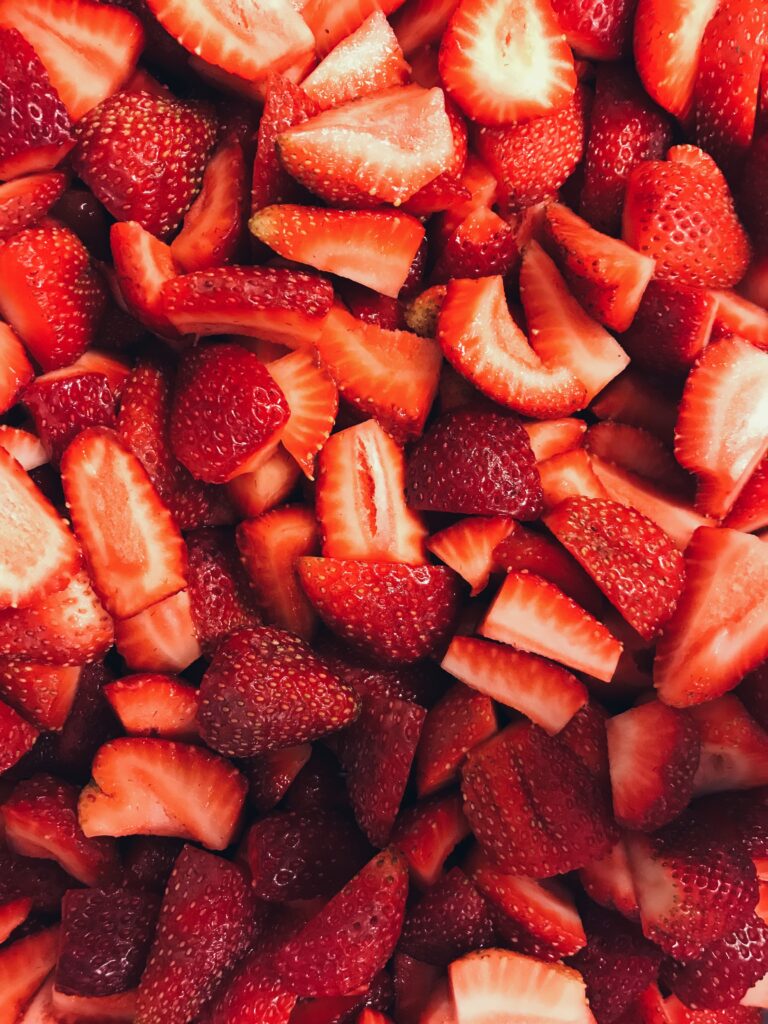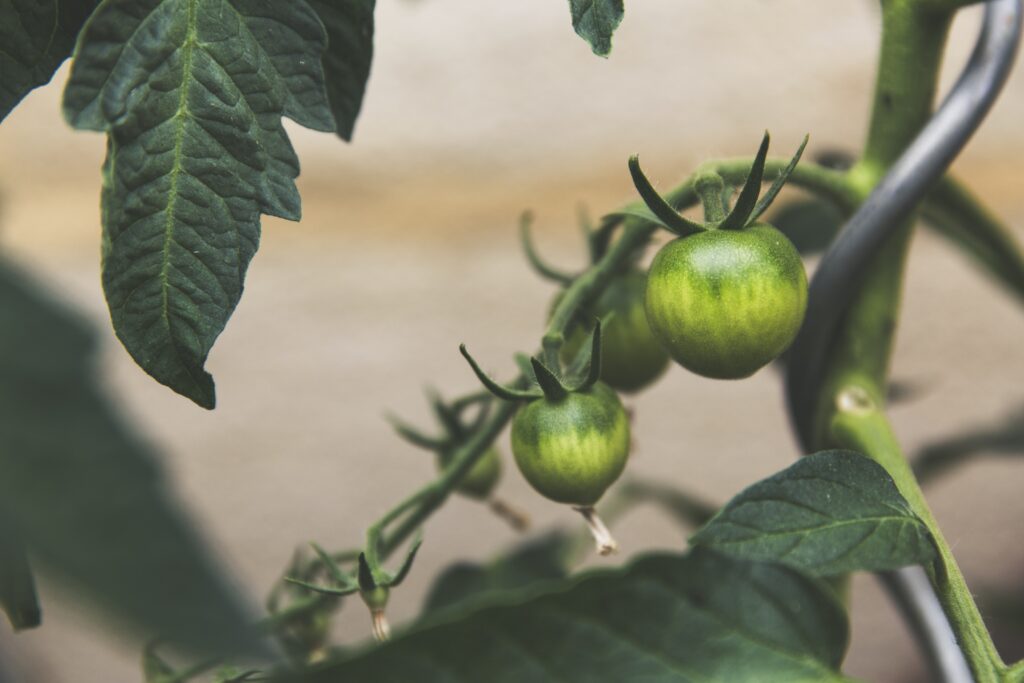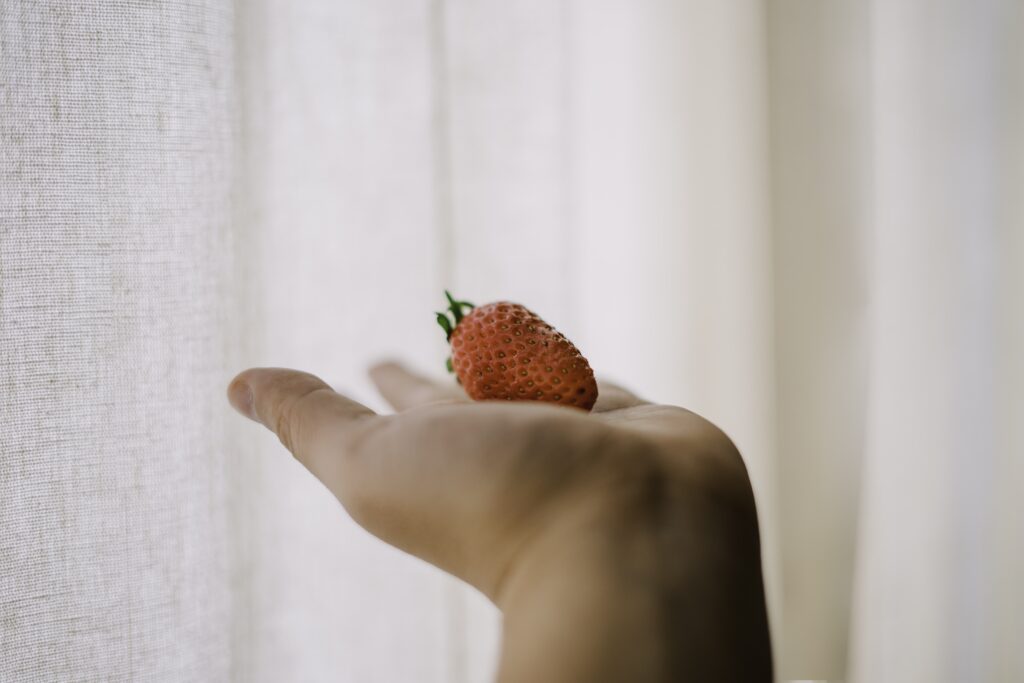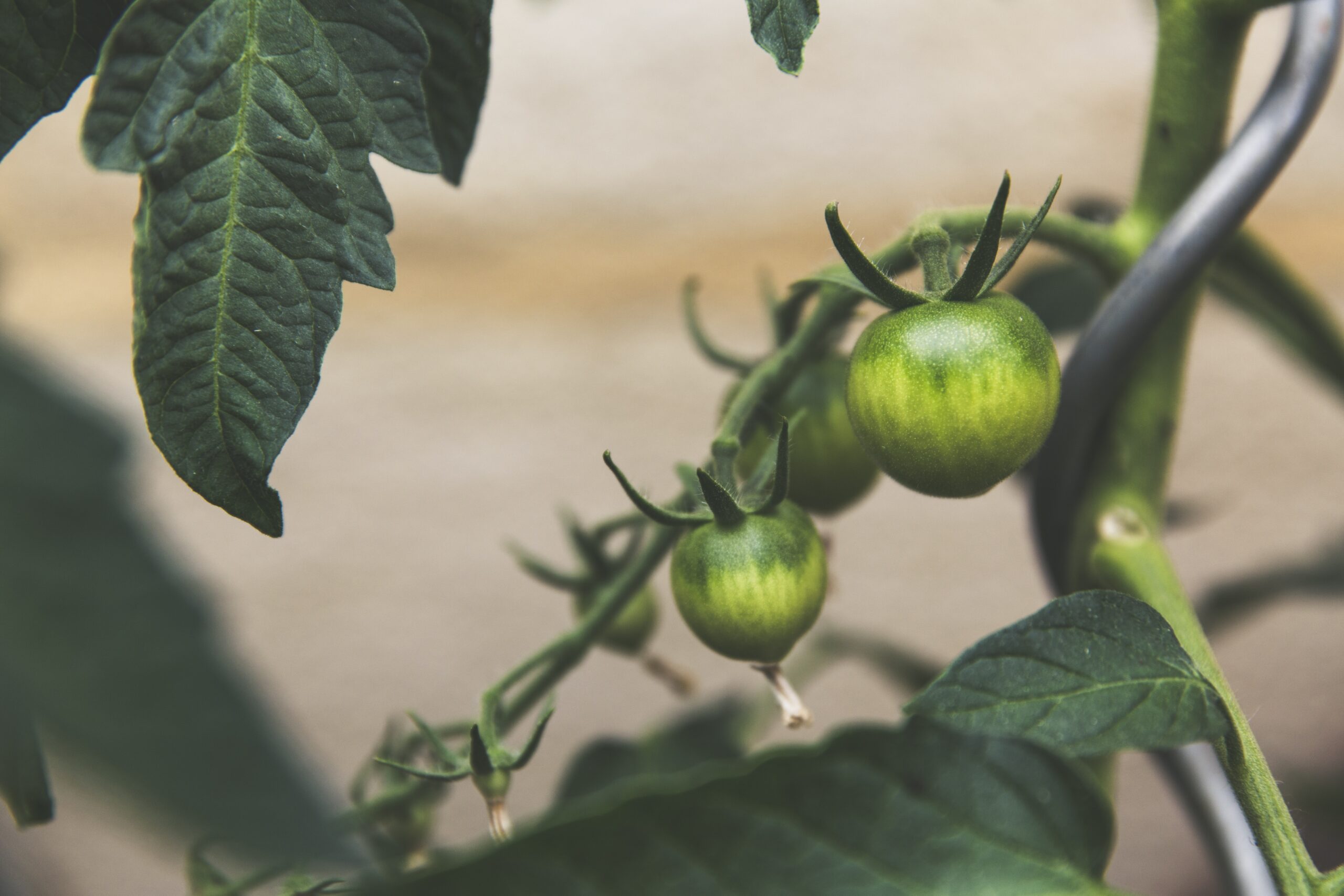Understanding the yield potential of strawberry plants is crucial for farmers and gardeners alike. In this article, we explore the fascinating question of how many strawberries a single plant can produce. By examining factors such as plant variety, environmental conditions, and proper care techniques, we will delve into the complex world of strawberry cultivation to uncover the secrets behind maximizing fruit production. Whether you have a small backyard garden or a large-scale farm, this article will provide you with valuable insights to ensure a bountiful harvest of delicious strawberries.
Factors Affecting Strawberry Yield
Strawberries are a popular and delicious fruit, known for their vibrant color and sweet, juicy taste. However, the number of strawberries that a plant produces is influenced by various factors. In this article, we will explore the key factors that affect strawberry yield, including the variety of strawberry, plant age, planting density, growing conditions, pollination, fertilization, disease and pest management, pruning and training, watering and irrigation, and harvesting frequency.

Variety of Strawberry
The variety of strawberry plays a significant role in determining the yield. There are three main types of strawberry varieties: June-bearing varieties, everbearing varieties, and day-neutral varieties.
June-bearing varieties, as the name suggests, produce a single crop of strawberries in early summer. These plants require a conducive growing environment and typically yield a higher quantity of strawberries compared to other varieties. Everbearing varieties, on the other hand, produce two main crops – one in spring and another in fall. Lastly, day-neutral varieties produce strawberries throughout the growing season, ensuring a steady supply of fruits. Each of these varieties has its own unique characteristics and yield potential.
Plant Age
The age of the strawberry plant also influences its yield. When strawberries are grown from bare roots or transplants, they go through various growth stages. The first year is crucial for establishing a strong root system and developing the crown and foliage. In the first year, the strawberry plant focuses on vegetative growth rather than fruit production. Consequently, the yield in the first year is typically lower compared to subsequent years.
In the second year, the strawberry plant enters its fruiting stage, and the yield increases significantly. The plants are more established, and the flowering and fruiting processes are well-developed. Subsequent years may also have a high yield, depending on various factors such as plant health, proper care, and maintenance.

Planting Density
The density at which strawberry plants are planted can impact their yield. Planting density refers to the number of plants per acre and the spacing between plants. Both factors play a crucial role in determining the yield potential of strawberry crops.
Higher planting densities, where more plants are placed per acre, can lead to increased competition for vital resources such as sunlight, water, and nutrients. As a result, individual plants may yield fewer strawberries. On the other hand, lower planting densities can allow plants to have more space to grow and spread their roots, potentially leading to higher yields per plant.
Growing Conditions
The growing conditions, including temperature, light requirements, soil conditions, pH level, and nutrient availability, are crucial for strawberry yield. Strawberries have specific environmental preferences and require optimal conditions for maximum productivity.
Temperature affects the growth and development of strawberries. They thrive in moderate temperatures, with an optimal range of 60 to 80 degrees Fahrenheit. Extreme temperatures, either too hot or too cold, can negatively impact the yield and overall plant health.
Light requirements play a critical role in the photosynthesis process of plants. Strawberries require full sunlight, typically around six to eight hours per day, to maximize their yield potential. Insufficient light can result in reduced fruit production and smaller-sized strawberries.
Soil conditions and pH levels are also important considerations. Strawberries prefer well-drained soils with a pH range of 5.5 to 6.5. The soil should be adequately fertile and rich in organic matter to supply the necessary nutrients for proper growth and fruiting.

Pollination
Pollination plays a crucial role in strawberry yield. Strawberries can be pollinated through two methods: self-pollination and cross-pollination.
Self-pollination occurs when the pollen from the stamen (male reproductive organ) of a strawberry flower fertilizes the pistil (female reproductive organ) within the same flower. This can happen via wind, gravity, or self-movement of the plant. Self-pollinating varieties do not usually require external pollinators, but environmental factors can influence the success of self-pollination.
Cross-pollination, on the other hand, involves the transfer of pollen between different strawberry plants. This process requires the assistance of external pollinators, such as bees, butterflies, or other insects. Cross-pollination can enhance the yield and quality of strawberries by increasing genetic diversity and promoting optimal pollination.
Fertilization
Proper fertilization is essential for maximizing strawberry yield. Strawberries have specific nutrient requirements, and maintaining a proper nutrient balance is crucial for their growth, development, and fruit production.
A well-balanced fertilizer, containing nitrogen, phosphorus, and potassium (N-P-K), along with other essential micro-nutrients, is necessary for strawberry plants. The timing of fertilization is also important. Applying fertilizers at the right stages of plant growth, such as during vegetative growth, flowering, and fruiting, can significantly impact the yield.
Disease and Pest Management
Strawberries are susceptible to various diseases and pests that can adversely affect their yield. Effective disease and pest management strategies are necessary to minimize the impact on strawberry plants and optimize their productivity.
Preventive measures, such as proper sanitation, crop rotation, and the use of disease-resistant varieties, can help reduce the incidence and severity of diseases. Early detection and treatment of pests and diseases are essential for minimizing their impact and preventing their spread.
Pruning and Training
Pruning and training practices are important for managing strawberry plants and maximizing their yield potential. Pruning involves the removal of runners, which are long stems that grow from the parent plant and produce new daughter plants. Removing runners can redirect the plant’s energy towards fruit production rather than vegetative growth.
Thinning of plants may also be necessary to maintain proper spacing and prevent overcrowding. This allows better air circulation and light penetration, reducing the risk of diseases and promoting healthier plant growth.
Training systems, such as trellising or staking, can offer support to the plants, prevent them from sprawling on the ground, and make harvesting easier. Proper pruning and training practices can lead to more efficient nutrient and resource allocation within the plant, resulting in increased strawberry yield.
Watering and Irrigation
Watering and irrigation are crucial factors in ensuring optimal strawberry productivity. Strawberries require consistent and adequate moisture levels for healthy growth and fruiting. Proper irrigation practices help prevent water stress, which can negatively impact yield and fruit quality.
The watering requirements of strawberries depend on various factors, such as soil type, weather conditions, and the growth stage of the plant. Generally, strawberries require about 1 to 1.5 inches of water per week. Proper irrigation scheduling, avoiding overwatering or underwatering, is vital for maintaining soil moisture levels and promoting optimal plant growth.
Harvesting Frequency
The frequency of harvesting strawberries can impact the overall yield and fruit quality. Harvesting strawberries at the right time is critical to ensure the best taste, color, and texture. Different harvesting frequencies can be employed depending on the intended use of the strawberries, such as fresh consumption or processing.
Daily harvesting is often required during peak seasons to ensure that ripe strawberries are harvested promptly, preventing overripening or spoilage. Alternate day harvesting can be practiced when the yield is slightly lower or during periods with fewer ripe strawberries. Weekly harvesting may be suitable for smaller-scale operations or when the yield is relatively low.
In conclusion, strawberry yield is influenced by various factors, including the variety of strawberry, plant age, planting density, growing conditions, pollination, fertilization, disease and pest management, pruning and training, watering and irrigation, and harvesting frequency. By considering these factors and implementing appropriate strategies, strawberry growers can optimize their yield potential and enjoy a bountiful harvest of delicious, juicy strawberries.



